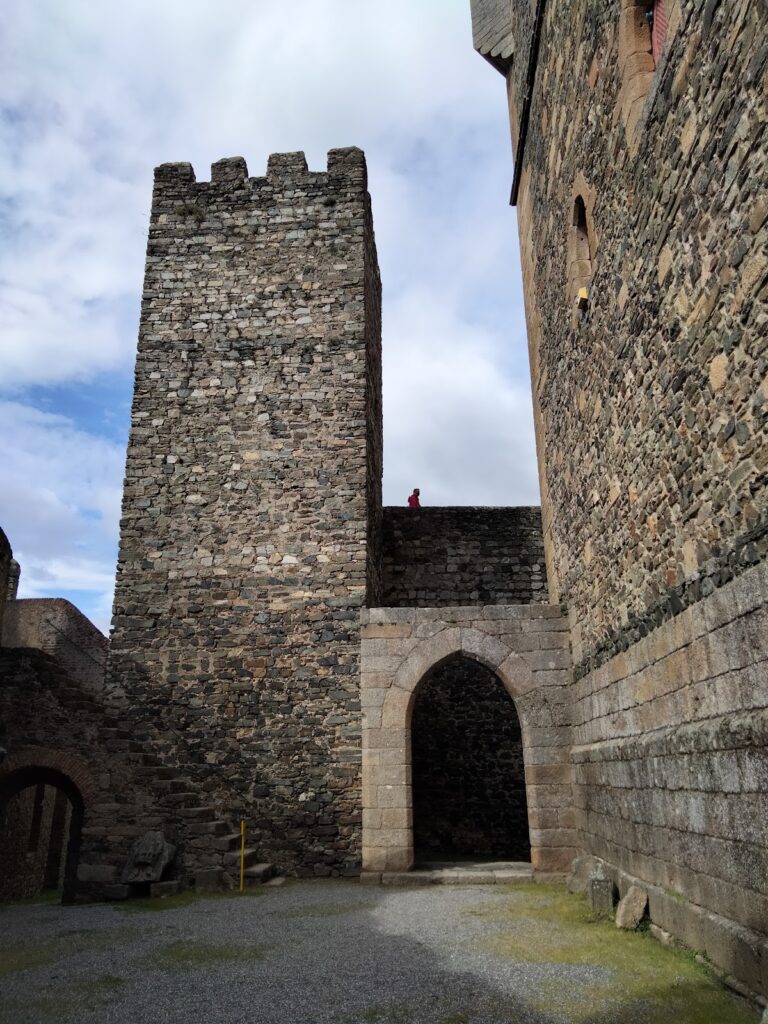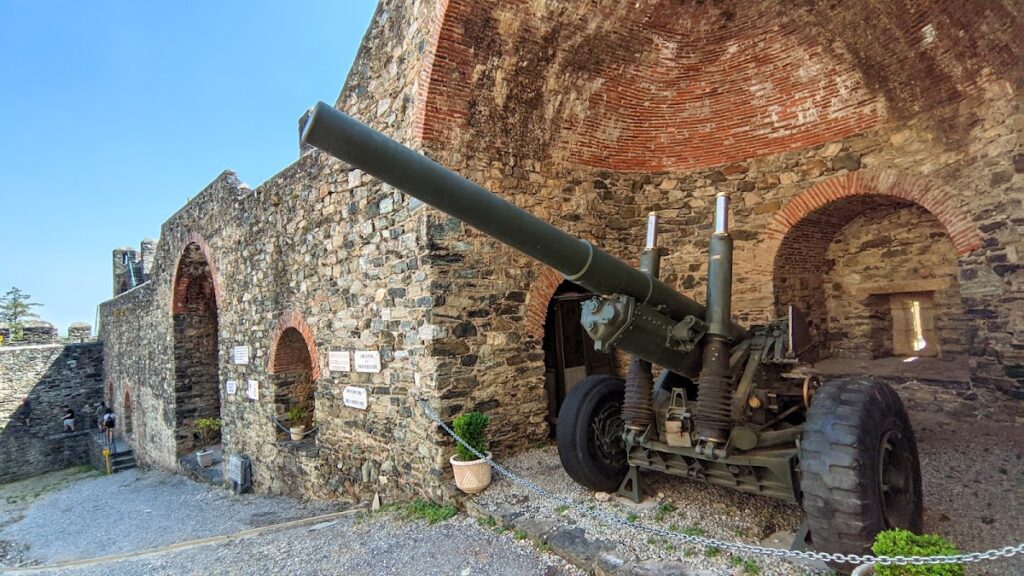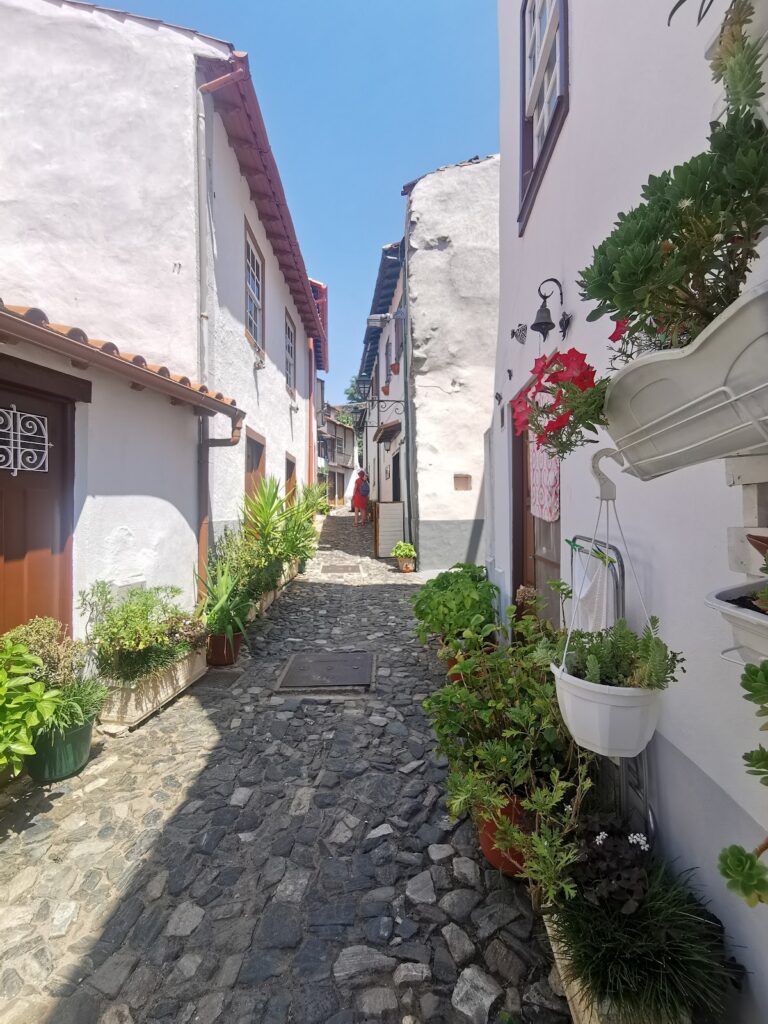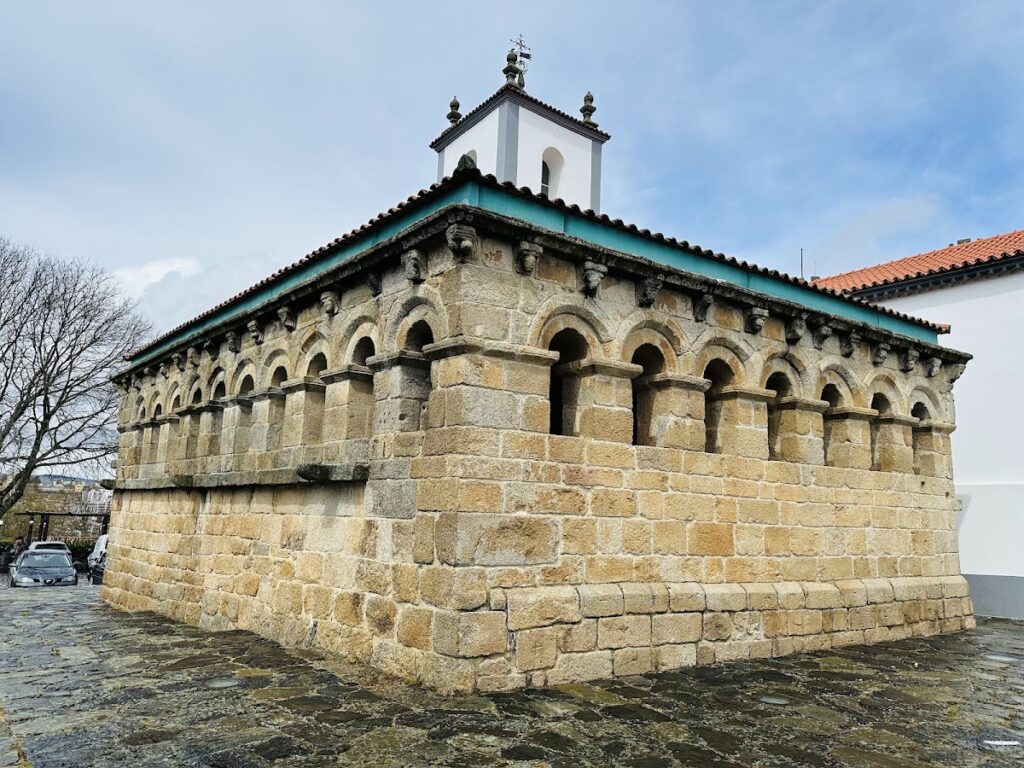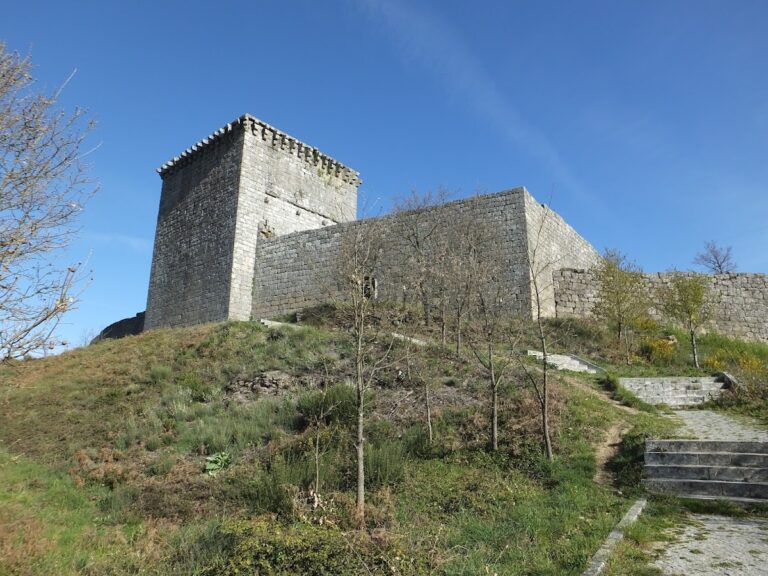Castle of Bragança: A Historic Fortress in Portugal
Visitor Information
Google Rating: 4.6
Popularity: Medium
Google Maps: View on Google Maps
Official Website: castelo-braganca.pt
Country: Portugal
Civilization: Unclassified
Remains: Military
History
The Castle of Bragança is situated in the municipality of Bragança, Portugal. Its origins trace back to a site settled during the Neolithic period, later fortified by Roman settlers who took advantage of its strategic position near the Fervença River and a significant Roman road crossing the region.
During the period of barbarian invasions, the settlement was known as Brigância. It subsequently came under Muslim control before being ravaged during the Christian Reconquista campaigns. In the mid-10th century, efforts to repopulate and reorganize the area were led by Count Hermenegildo Gonçalves and his wife Mumadona Dias. Afterward, control passed through several noble families closely tied to the early Kingdom of Portugal, including Count Paio Gonçalves and the Mendes family, relatives of King Afonso Henriques. Around this time, the population relocated to the hill of Benquerença, near the Fervença River, where stones from older structures were repurposed to build the new settlement and its castle.
In 1187, King Sancho I granted Bragança its Foral Charter, a formal town charter, and the village was enclosed with defensive walls by the following year. The territory was contested between Portugal and the Kingdom of León, with Leonese troops occupying the castle in 1199 before it was restored to Portuguese authority.
The reign of King Denis (1279–1325) marked a period of growth and fortification, with the addition of a second line of defensive walls in 1293. Under King Fernando (1367–1383), the castle underwent further enhancements. This era also saw shifting control during succession disputes, including Castilian occupation, which ended by the Treaty of Alcoutim in 1371, returning the castle to Portuguese hands.
The turbulent period of the 1383–1385 succession crisis affected Bragança as well. The castle’s mayor wavered in loyalty, initially recognizing King João I in 1386 but switching allegiance to Castile in 1398. King João I responded with modernization and reinforcement projects in 1409. Notably, this timeframe coincided with the establishment of the House of Bragança following the marriage of Afonso, 1st Duke of Bragança, to Beatriz Pereira de Alvim.
In the later 16th century, the castle and town supported António, Prior of Crato, during the Portuguese succession crisis of 1580. The fortress endured damage during the Portuguese Restoration War in the 17th century and faced an attack by Spanish forces in 1762. Portuguese defenders under the Count of Lippe successfully repelled this assault.
On the eve of the Peninsular War, the castle’s eastern walls served as quarters for an infantry battalion. The surrounding region also suffered additional raids during this conflict.
Recognizing its historical importance, the Castle of Bragança was declared a National Monument on 23 June 1910. From the 1930s, the General Directorate of National Buildings and Monuments embarked on extensive restoration efforts, repairing walls, removing 19th-century barracks, and restoring notable gates such as the Porta da Traição (Gate of Treason). Since 1936, the castle has housed a military museum commemorating its long martial history.
Remains
The Castle of Bragança features an oval-shaped layout perched approximately 700 meters above sea level. Its battlemented walls stretch around 660 meters and are supported by fifteen towers. These defensive walls, roughly two meters thick, encircle the old city center, covering nearly three hectares.
Within this fortified space are several distinguished buildings. One standout is the Domus Municipalis, an exceptional example of Romanesque civil architecture in Portugal. Originally believed to be a cistern, its purpose has been much studied, highlighting its unique role in medieval municipal functions. Nearby stands the Church of Santa Maria, also called Our Lady of Sardão, which served religious needs within the community. A medieval pillory is also located inside the walls, symbolizing historical judicial practices.
The castle is accessed through three main gates. Two are dedicated to Saint Anthony, with the principal gate showcasing a round arch flanked by twin towers. This entrance is further protected by a barbican that leads to the Porta da Vila, featuring a pointed arch. The third main gate is known as Porta do Sol, or Gate of the Sun. Additional access points include two smaller posterns: the Porta da Traição (Gate of Treason) and the Postigo do Poço do Rei (King’s Well Postern), each with specific defensive uses.
At the heart of the castle’s interior stands the keep, or donjon, a towering square structure measuring 17 meters wide and soaring 34 meters high. Constructed mainly of locally sourced shale masonry, its corners and openings are reinforced with granite blocks. Inside, the keep contains two vaulted floors, including a dungeon and an original cistern. Access was once restricted by a drawbridge but today is achieved via an external masonry staircase on the north side. The tower’s southern face proudly exhibits a stone carved with the coat of arms of the House of Avis, a reminder of royal associations. Its upper battlements display cross-shaped embrasures designed for archers, balconies with machicolations (overhanging openings through which defenders could drop projectiles), and cylindrical turrets at each corner. Two Gothic-style mullioned windows overlook the east and south.
Surrounding the keep, a roughly rectangular defensive enclosure is reinforced by seven circular towers—three on the east, three on the west, and one to the south—enhancing its stronghold capacity.
On the northern section of the outer wall stands the so-called Princess Tower, which historically served as the residence of the castle’s mayor (torre-alcáçova). This tower has architectural features indicating its residential use rather than pure military function. The castle’s role as a prison is also notable, with records of notable detainees such as Sancha, sister to King Afonso Henriques, and Leonor, wife of the fourth Duke of Bragança, who was tragically accused of adultery and murdered in 1512.
On the southern façade of the fortress lies a quadrangular projection housing the Poço do Rei, a 16th-century defensive structure protecting an important cistern. This feature was crucial in safeguarding the water supply during sieges and underscores the castle’s strategic planning.
Together, these elements testify to the Castle of Bragança’s complex history of military, administrative, and civic functions, preserved through careful restoration and research.

